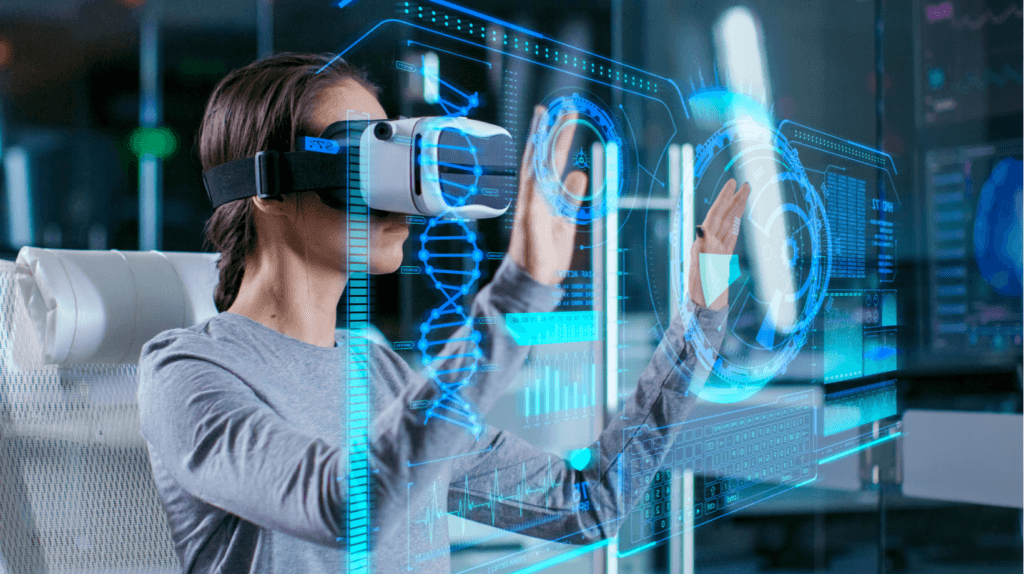
Artificial Reality (AR) and Virtual Reality (VR) technologies are revolutionizing multiple sectors, including eLearning. Through their immersive capabilities, they offer dynamic opportunities to enhance learning experiences, although they come with inherent challenges that necessitate thoughtful integration into educational systems.
### Opportunities
The most significant opportunity presented by AR/VR in eLearning is the ability to create highly engaging and interactive learning environments. AR adds digital elements to a live view often by using the camera on a smartphone, while VR implies a complete immersion experience that shuts out the physical world. These technologies enable learners to visualize concepts more concretely, thus aiding in quicker understanding and longer retention.
AR/VR can also facilitate experiential learning where learners can practice skills in a safe, controlled environment. For instance, medical students can perform virtual surgeries or engineers can engage with 3D models of machinery without the risks associated with real-life operations.
### Challenges
Despite their benefits, AR and VR technologies present challenges. The cost of implementing these technologies can be prohibitive for some educational institutions. High-quality VR headsets and the creation of custom educational content can require substantial investment.
Another challenge is accessibility; not all students might have access to the devices needed to participate in AR/VR learning, leading to a digital divide.
Technical issues such as software compatibility, user experience problems like motion sickness in VR environments, and the need for technical support are also barriers that educators may face when integrating these technologies.
### Future Possibilities
Looking ahead, the future possibilities for AR/VR in eLearning are vast. Advances in technology are expected to lower costs and solve many current technical limitations. As AR/VR becomes more mainstream, we anticipate greater accessibility, improved content quality, and more intuitive user interfaces.
The development of artificial intelligence within these realms is likely to create even more personalized learning experiences. AI could adapt simulations dynamically to suit different learning styles or provide real-time feedback to students.
Furthermore, as connectivity improvements arise with 5G networks, cloud-based AR/VR services could become more viable, allowing for complex simulations without the need for high-powered local hardware.
In conclusion, AR and VR technologies hold significant potential for enriching eLearning with some caveats that need to be addressed. As we surmount current challenges and leverage future possibilities, we will arguably see an evolution in education that better prepares learners for an increasingly digital world.
